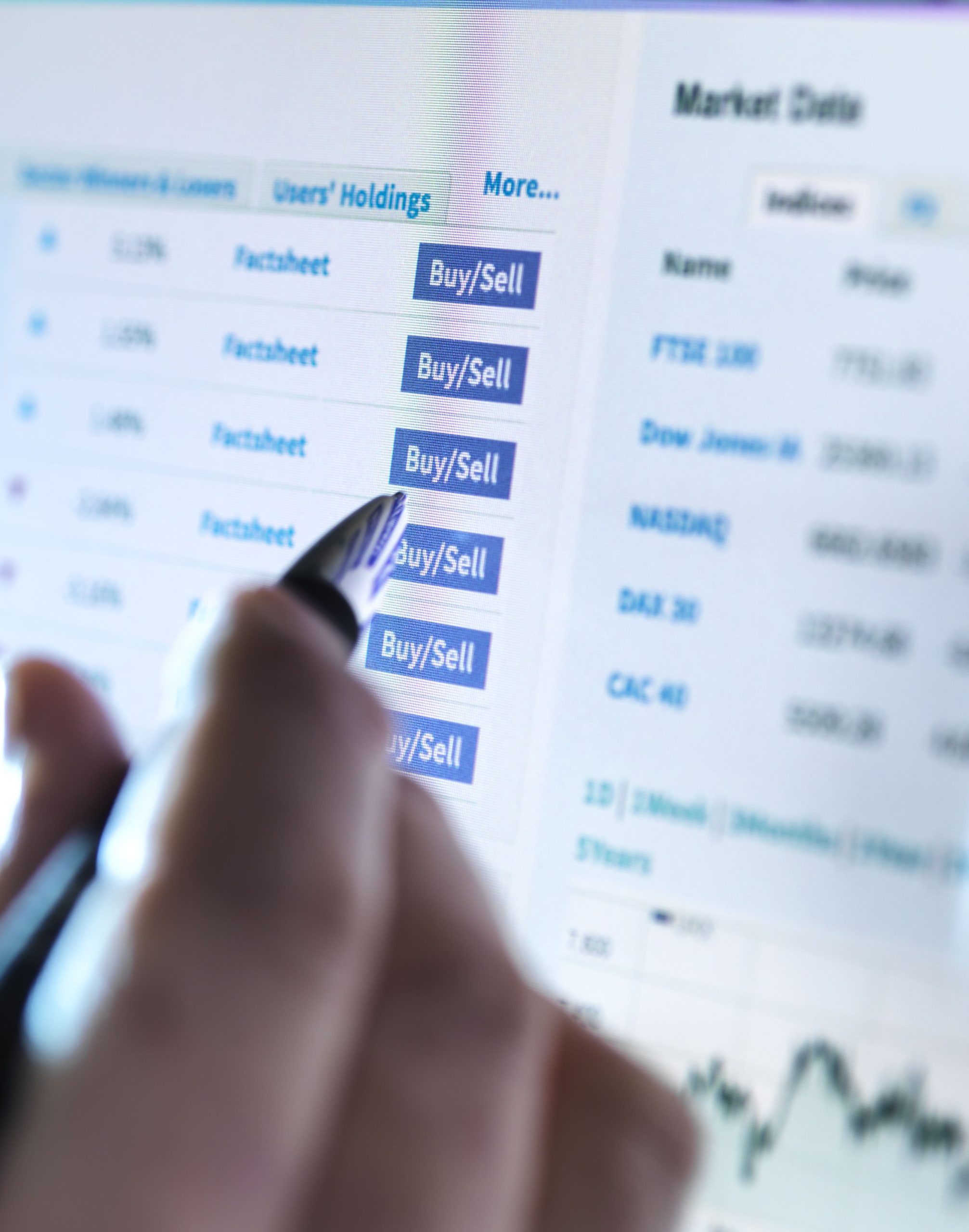As the week draws to a close, various factors are influencing global markets, prompting traders and investors to reassess their positions. Economic indicators, geopolitical developments, and central bank policies are all in focus, creating both opportunities and risks in the financial landscape.
Key Economic Indicators Shape Market Sentiment
Recent economic data releases have sparked interest among market participants. Inflation reports, employment statistics, and manufacturing indices are crucial metrics that investors closely monitor. For instance, a recent uptick in inflation rates could signal persistent price pressures, prompting central banks to reconsider their monetary policies.
Central Bank Policies Under Scrutiny
- Central banks are facing pressure to balance inflation control with economic growth.
- The Federal Reserve’s stance on interest rates remains a pivotal factor influencing market movements.
- European Central Bank actions are also critical, particularly in light of the eurozone’s economic recovery.
As central banks deliberate on their next moves, market volatility is expected to remain high. Traders should be prepared for potential shifts in policy that could arise from upcoming meetings.
Geopolitical Developments Impacting Markets
Geopolitical tensions continue to affect market dynamics. Recent developments in trade negotiations and international relations have implications for commodity prices and currency valuations. For example, rising tensions in certain regions could lead to increased volatility in oil prices, impacting energy stocks and related sectors.
Investor Sentiment and Market Reactions
- Investor sentiment is fluctuating, influenced by both macroeconomic data and geopolitical events.
- Market reactions to earnings reports from major corporations can lead to sector-specific movements.
- Monitoring sentiment indicators could provide insights into potential market corrections or rallies.
As earnings season progresses, companies that report stronger-than-expected results may see their stock prices surge, while those that miss expectations could face declines. This creates a mixed environment for investors, requiring careful analysis of individual stock performance alongside broader market trends.
Conclusion: Navigating Market Uncertainty
The current market landscape is characterized by a blend of economic indicators, central bank policies, and geopolitical developments. Traders and investors should remain vigilant, as these factors can lead to rapid changes in market conditions. Understanding the underlying trends and maintaining a diversified investment strategy may help mitigate risks in this uncertain environment. The debate remains open regarding the sustainability of the current market trajectory, making it essential to stay informed and adaptable.



